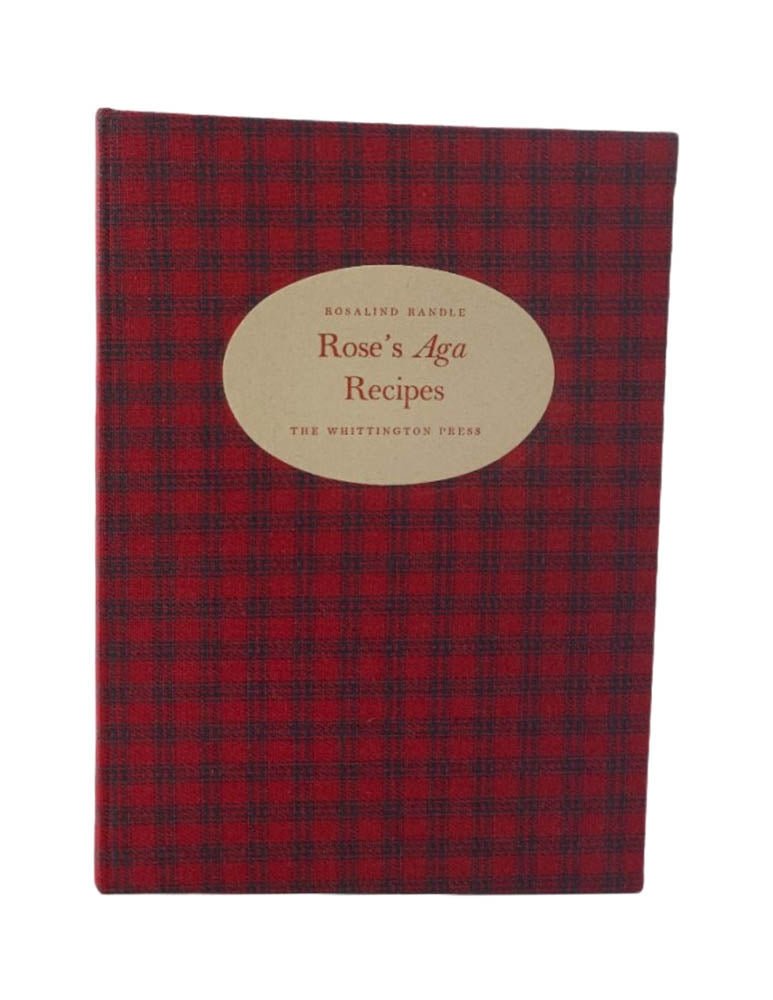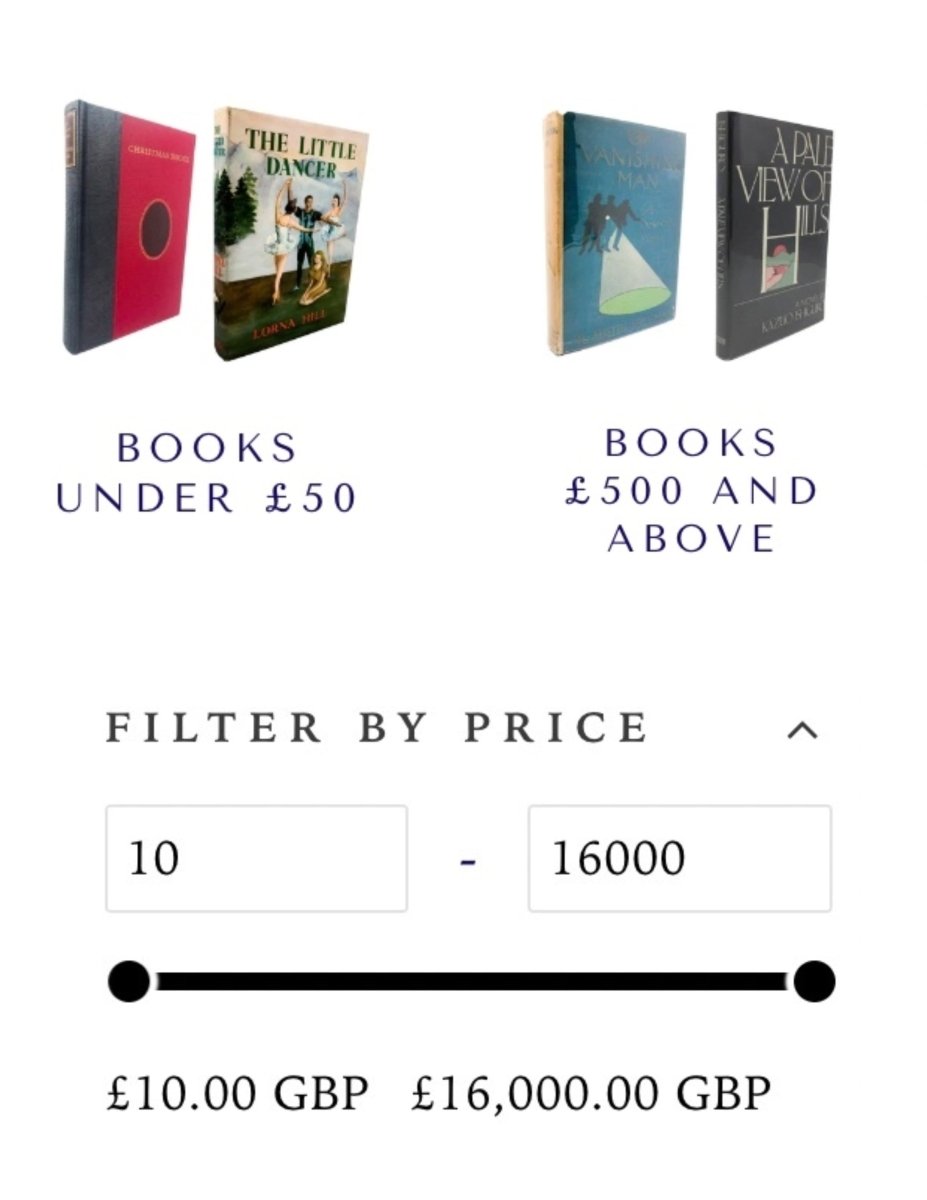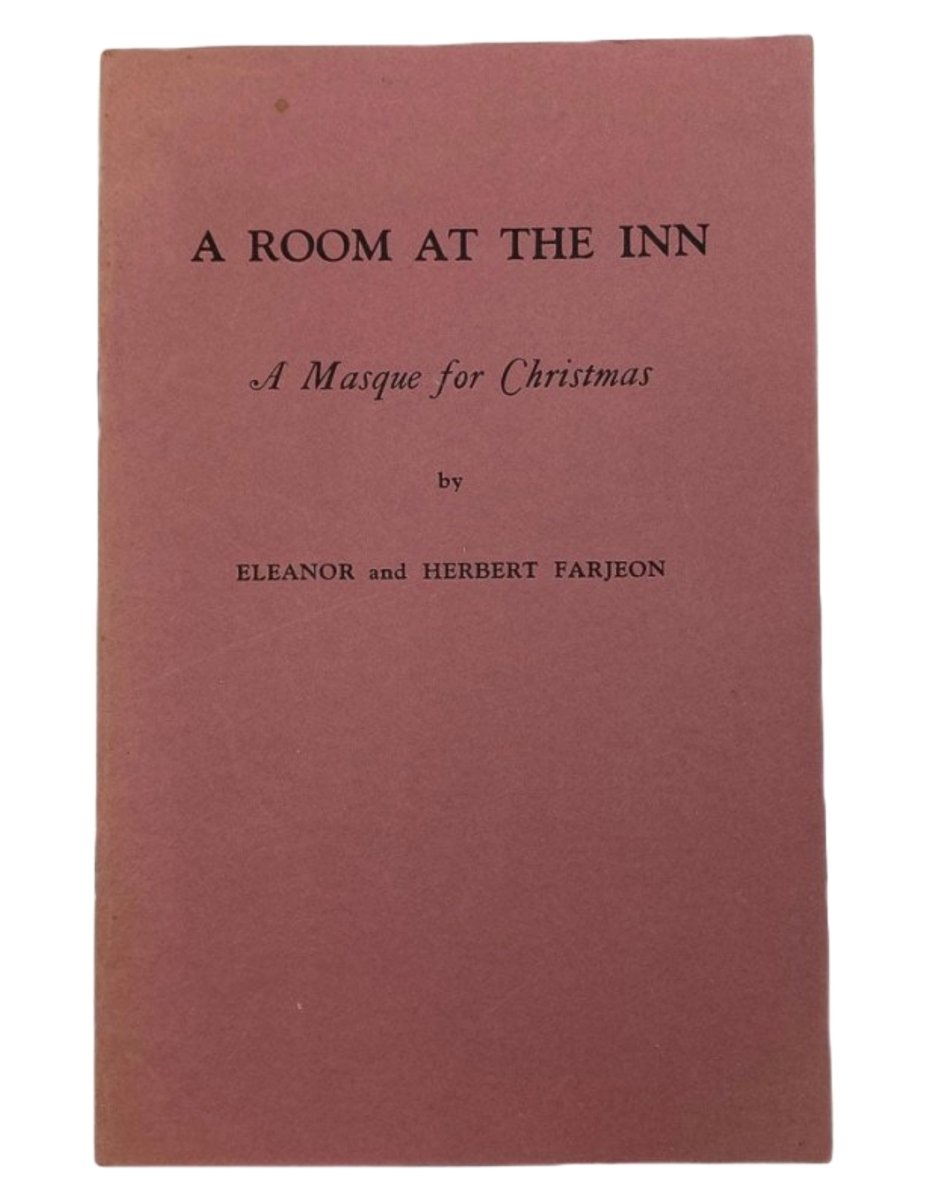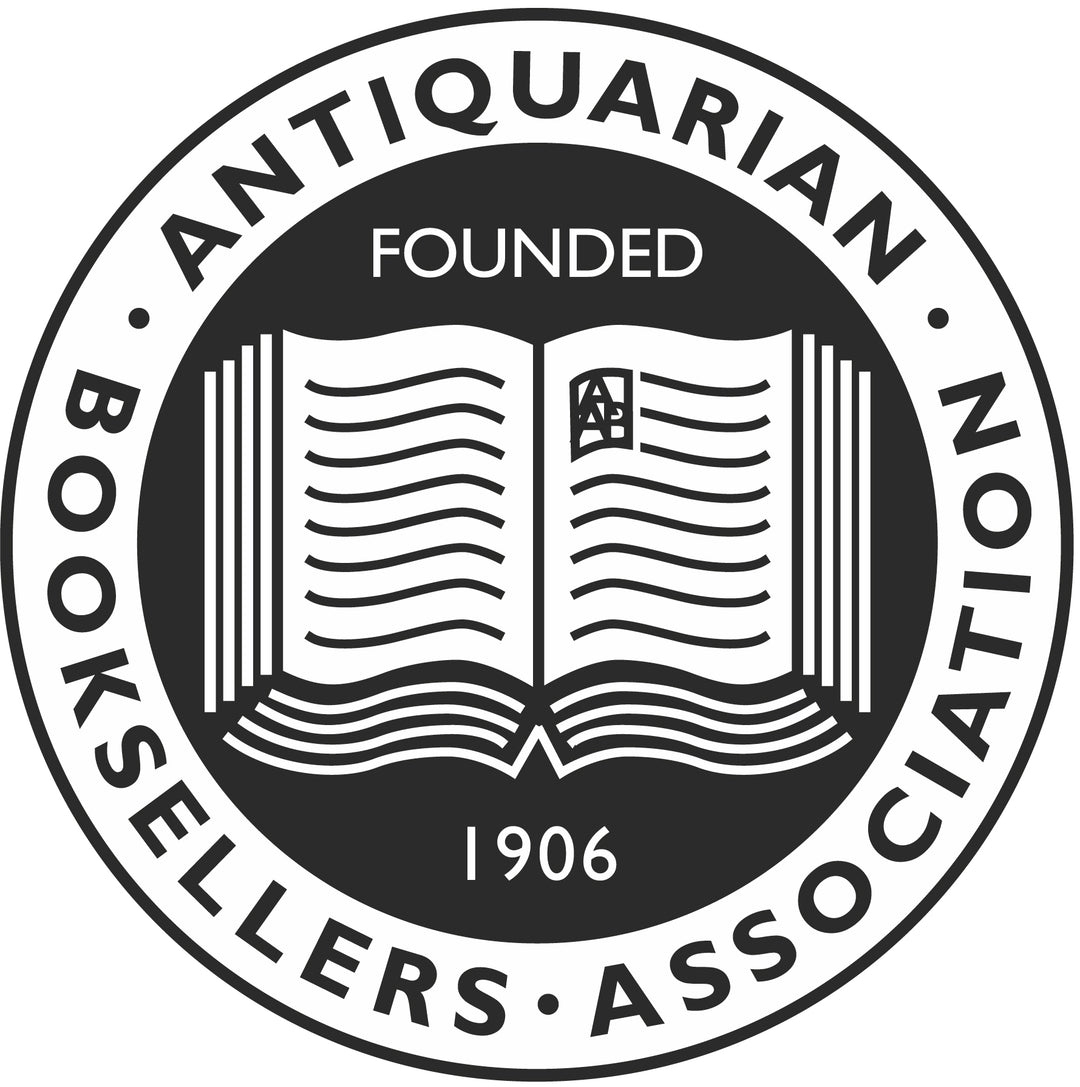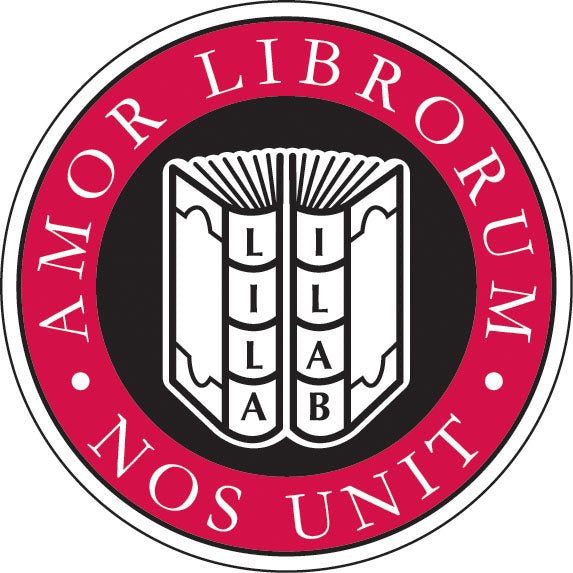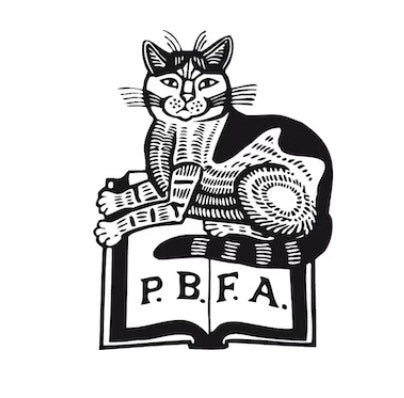Nomad Letterpress
Nomad Letterpress has a distinguished lineage, having been founded by Pat Randle, the son of John Randle of the Whittington Press. As part of a new generation of private press professionals, Pat Randle has a fresh interpretation of what being the owner of a private press means. However, the building blocks on which the press is founded bear witness to the same passion for outstanding artwork, typography and attention to the intricacy of detail to create works of art.
The press is run from the Whittington Press, just outside Cheltenham, from where Pat co-publishes Double Dagger and prints Matrix (‘the finest periodical of the book arts of the 20th Century’).
This article takes a different format to the Art of the Book series to date, insofar as it is a Q & A. So we'll start with Pat's own introduction to the press:

"We run letterpress workshops throughout the year and specialise in high quality book work both for clients and under our own imprint.
We believe that printing and designing using the third dimension–be it with wood, metal, lino or hardened plastics–cannot be surpassed for quality and character. If you want it printed yesterday try prontaprint. We believe in building relationships with those we work with where the creative possibilities of printing by letterpress are exploited in each project we undertake. We have a yearly open day, AKA Presstival, on the first Saturday of September* each year."
* in 2021 it will be replaced by Cheltenham Open Studios due to Covid complexities
What led you to found a private press?
I have been working at the Whittington Press on and off throughout my life, John, my father, started the press in the 1970’s and I spent much of my childhood around the building. Though I think I learned to print well, and efficiently, from Phil Abel at Hand and Eye letterpress in London where I worked in my 20’s. I was able to learn from him in a way that a son cannot learn from his dad - e.g. I had to listen to instructions. I also helped out another printer, Alan Kitching, with his programme of workshops. It was perhaps with an element of those three educations - the publishing and book side of the Whittington Press, the ‘jobbing’ and client based Heidelberg that I was helping out Phil with, and then the more graphic styled poster work that Alan teaches in his workshops - that I began life as Nomad Letterpress about 8 years ago.
I would not call myself a private press - I do publish books under my own imprint, but I also undertake a good amount of jobbing work, I teach, and I help out the Whittington Press when needed and I co-publish with Nick Loaring a newspaper Double Dagger.
What aspects of book creation do you most enjoy?
The aspect I enjoy the most is working with other people. Most of the wood-engravings for 2020 Vision, published last year, were printed by Anna Parker who has been working with me, on and off, for the last three years. Her care and attention to the make ready and printing of the blocks made the project what it is.
Then there is Neil Winter who does all the hot-metal typesetting - I think Whittington is the last remaining private-press with it’s own in-house Monotype set-up and as well as being an engineer, Neil’s typographic input is important.
And Roger Grech who undertakes the bookbinding up in Shipley - there are three editions of 2020 Vision, full-leather (designed by Roger), and portfolio editions alongside the regulars - and Roger is still working his way through the remaining copies.

Then there’s Pete Lawrence and Nigel Hamway from the Society of Wood Engravers ("SWE") who came up with the original concept of the book and approached various institutions to ask them loan us specific blocks. And then, of course, the 20 or so artists involved in the book - their artwork, their texts and their biographies which all need to be proofread and made ‘book ready’ before the project can be started.
How do you choose the illustrators?

For 2020 Vision the focus was on current engravers who had been past chairpersons of the SWE. It is tricky when choosing a selective book of engravers as, by it’s nature, you are saying ‘these are my 20 favourites’. So the system of choosing past chair people seemed a fair one.
I always want to be printing from artwork - be it lino, wood or metal - that has been engraved by the artist’s hand. But that is not always possible (for reasons of space and practicality) especially with regards to Double Dagger, and in special instances a magnesium plate can make an acceptable substitute.
What are the biggest challenges?

Clearly the value of letterpress printing equipment has skyrocketed in the last few years making starting a press prohibitive, if it were to be printing from movable type. But there are an increasingly large number of affordable machines out there - perhaps you’d call them relief impression machines - and there is some great work being done by pretty primitive processes. Jo Sweeting produces huge linocuts - getting on for a meter square - which she inks up and prints with a ball bearing bare - a circular disc attached to a handle - the disc is full of ball bearings which are used to create the impression. So there are ways to 'relief-print’ without ladening yourself down with tonnes of equipment. And if you can ‘relief-print’ then you can take it to the next stage and make a book if you wish.
What are your favourite books from other presses - and why?

I have always liked journals, or magazines, which give a peek, a snapshot into a particular place and time.
The Hawkesyard Review is one of my favourites - printed by Hilary Pepler in the early 1900’s it contains a lot of religious writing intertwined with passages concerning typography and printing. I like the immediacy of it - loads of typos and upside down characters - the message was that ‘it is what we have to say that’s important and we are not interested in making a precious item’.
And Verve magazine to be the highpoint of magazine making - Picasso, Matisse, Chagall with those velvet rich blacks . . .
make an acceptable substitute.
Summary
There are some common themes amongst the small selection of presses we've covered so far. Illustration is at the heart of book design for both Denis Hall and Pat Randle. Also, a focus on the team - drawing together exceptional artists in both the traditional sense of the word and beyond that in the artisans who physically create the books - from the printing of the blocks to the hot-metal typesetting.
Nomad Letterpress, I think, is also built on a love of the machinery, the hypnotic clatter of a letterpress in operation. For me, there's a romance and mystery in the machines that were at the beginning of the era of Isambard Kingdom Brunel and George Louis Stevenson. Letterpresses were not only there at the start of a new machine driven era, but enabled the mass propagation of the ideas that swirled and influenced and catalysed the world as we know it. I'm looking forward to the next article in which we'll explore another aspect of the world of private press.

